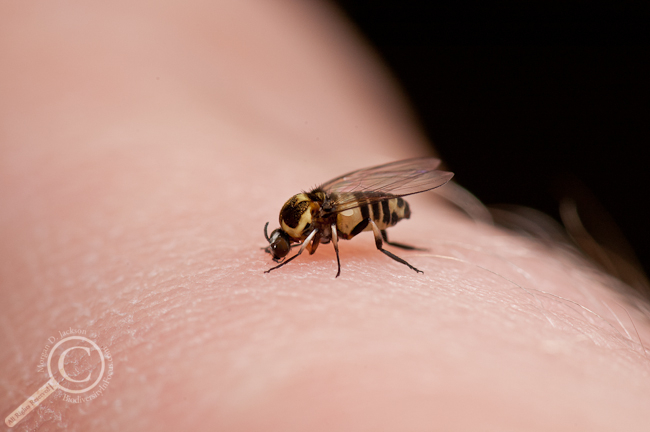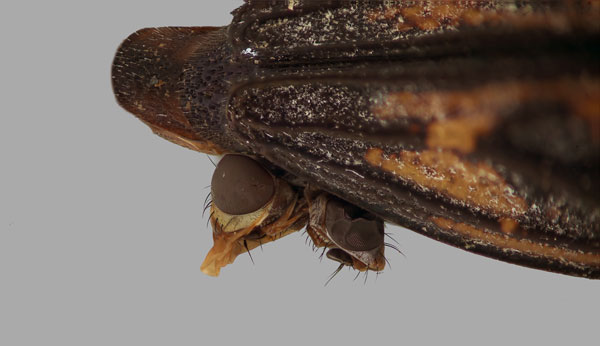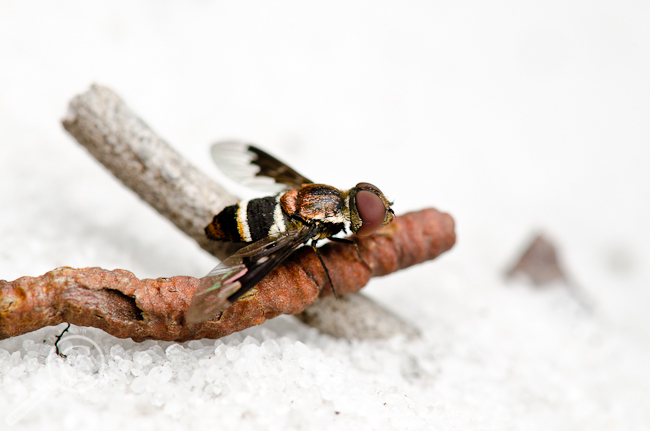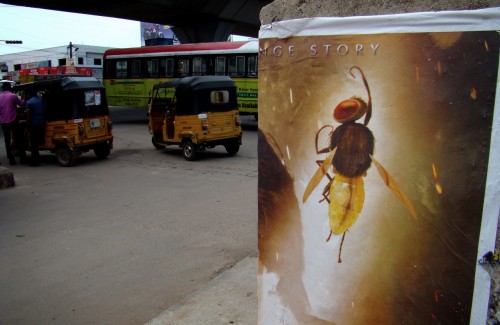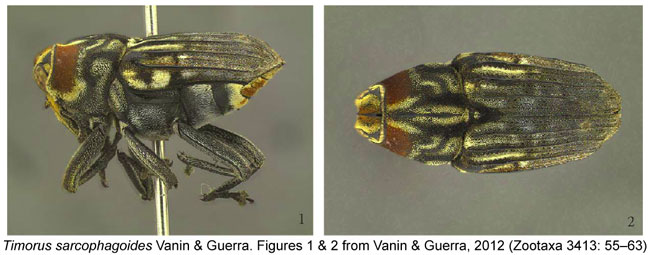Bring up flies in casual conversation and undoubtedly you’ll receive a look of disgust from your company, often followed shortly thereafter by the words “hate”, “disgusting” or “gross”. Thanks to the culturally unsavoury and occasionally deadly deeds of but a few, flies the world over are generally regarded as creatures to crush, worth more dead than alive.
Considering the media’s tendency to only get excited over new species that are fuzzy, feathered or fossilized, you could be forgiven for not realizing that more than a thousand new species of fly are described every year by taxonomists from around the world. Even other taxonomists rarely acknowledge how cool and extraordinary flies are, as they’re the only major insect order not to be selected as one of the Top 10 New Species of the Year by Arizona State University’s International Institute for Species Exploration (yet; I encourage you to nominate you’re favourite new species via the link I’ve included at the end of the post).
So welcome to what I hope will become a weekly feature, where I’ll highlight a newly described species of fly, sometimes sharing the nuances of biological nomenclature, sometimes the tireless work of taxonomists, but always the incredible diversity of Diptera. Because as Vincent Dethier concludes in his entomological exploration To Know a Fly:
To know the fly is to share a bit in the sublimity of Knowledge. That is the challenge and joy of science.

